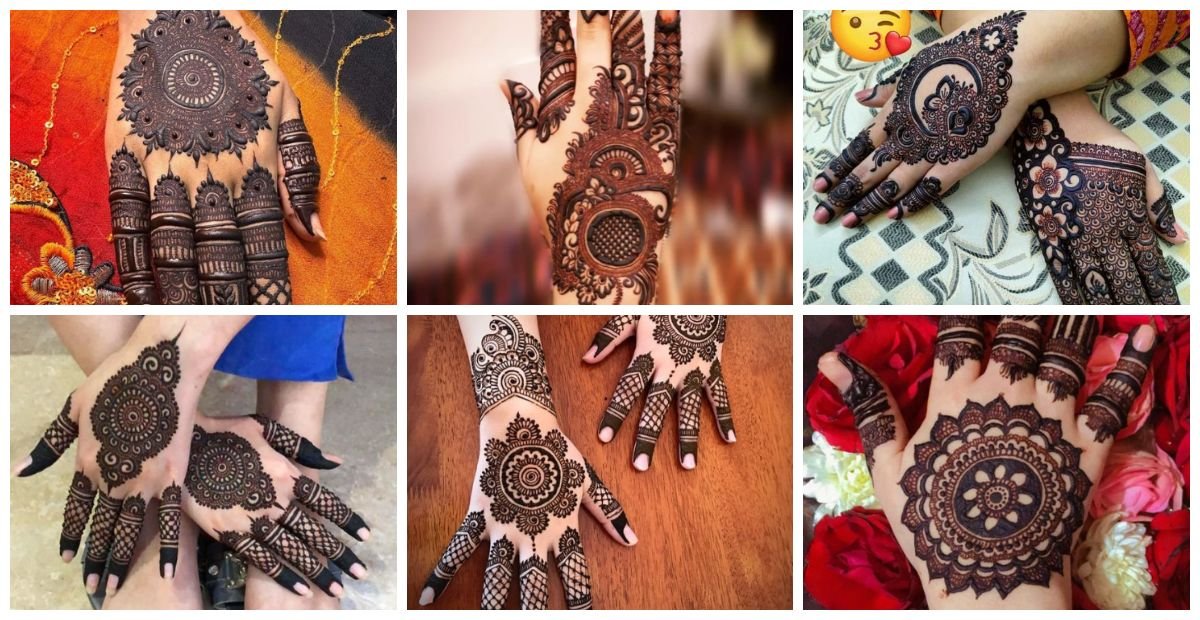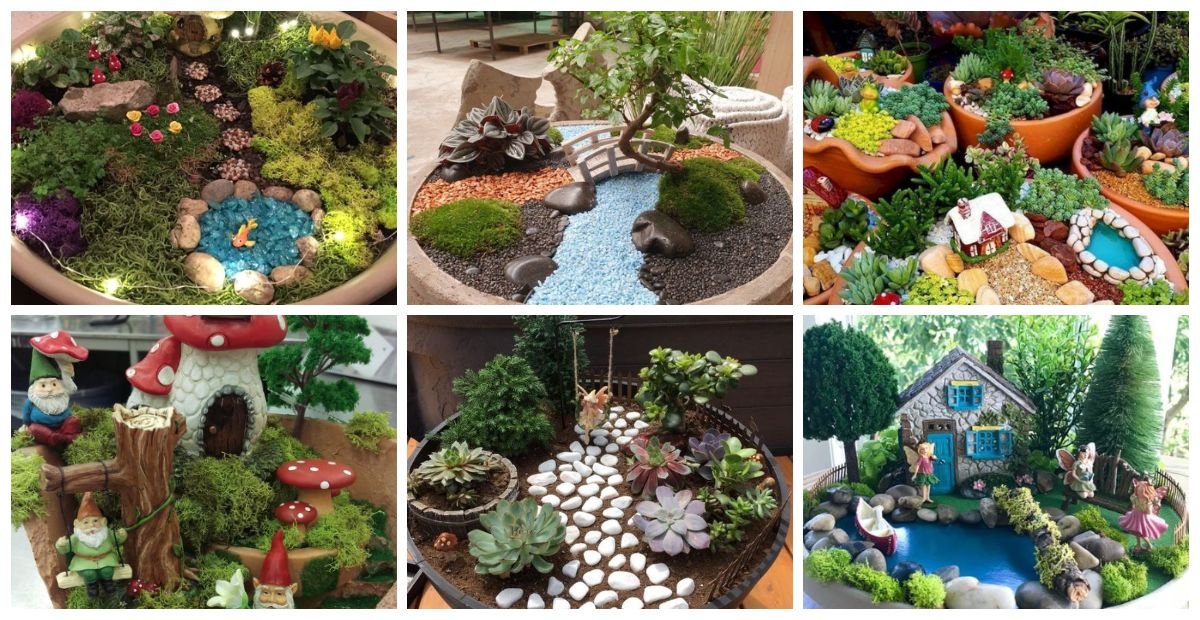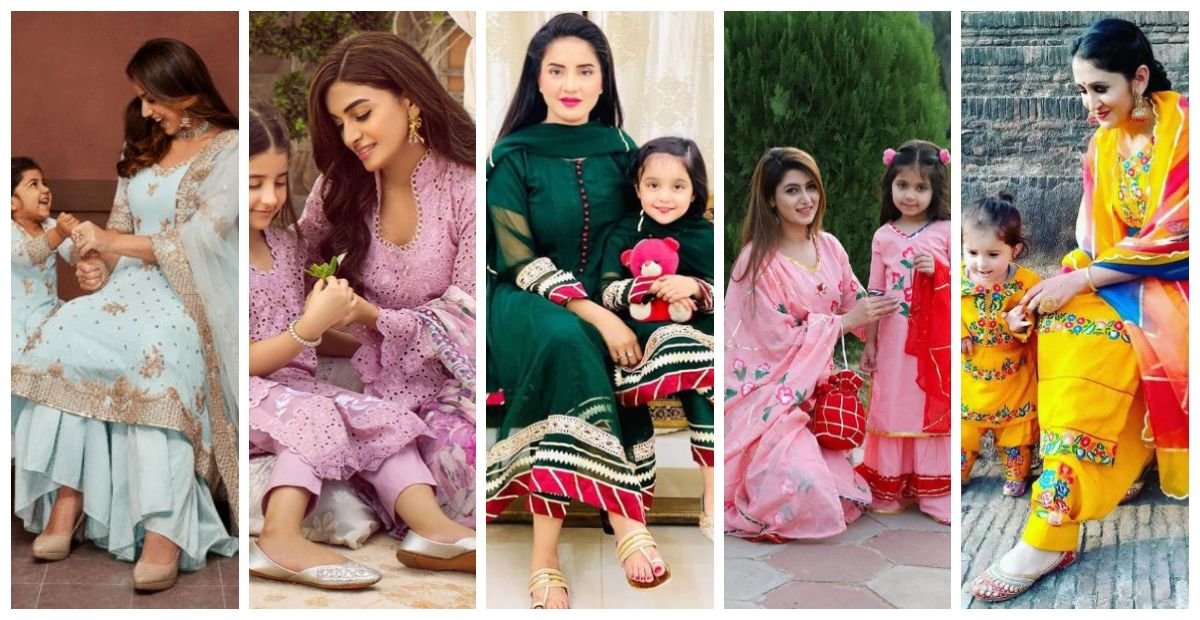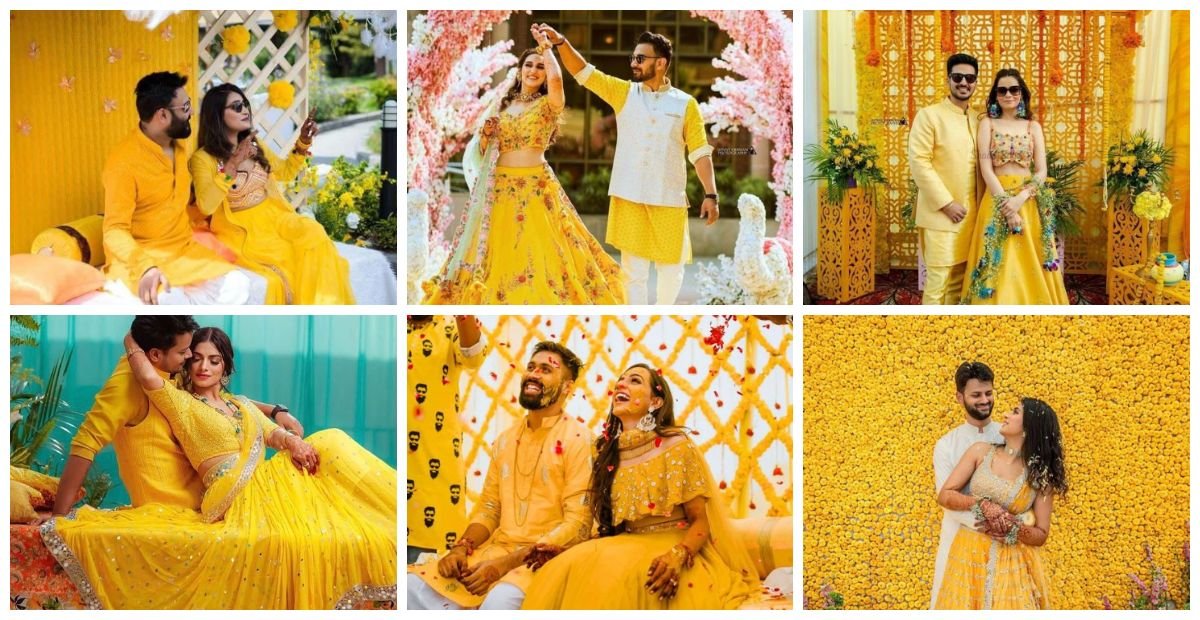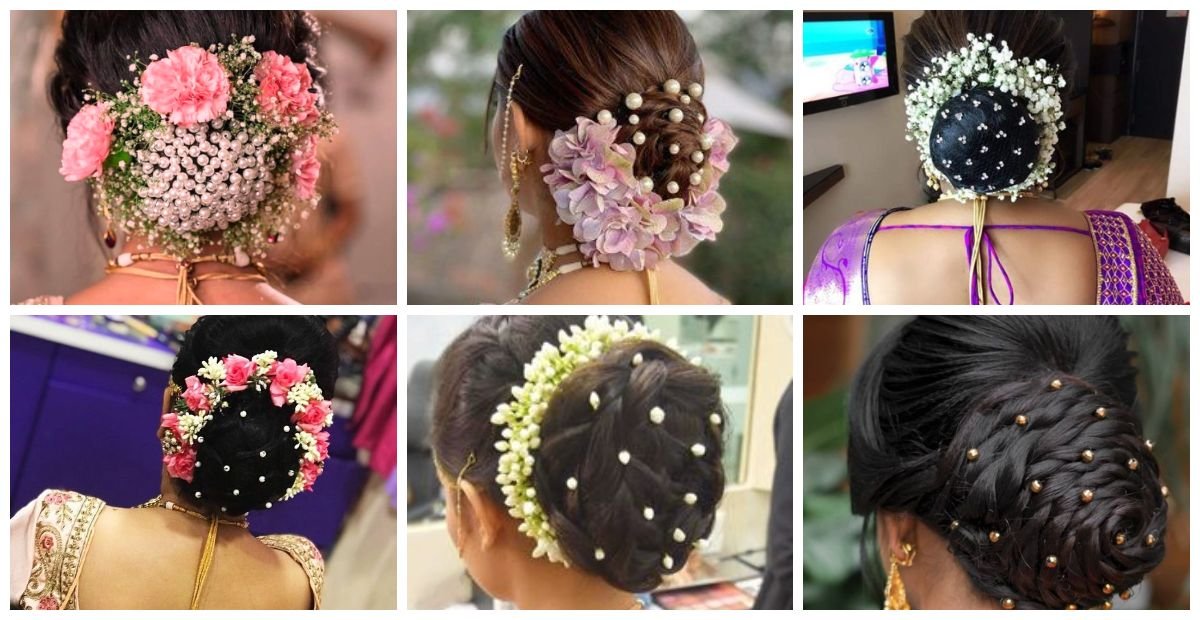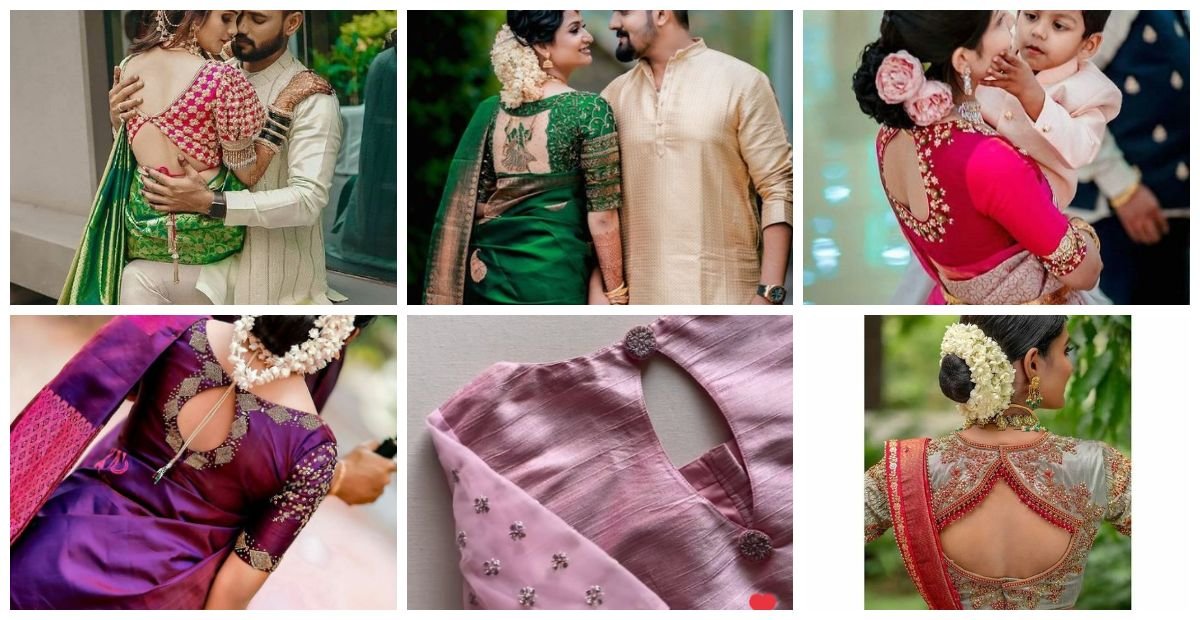Trending bridal mehndi designs, also known as henna, holds a special place in the hearts of brides-to-be across the globe. It’s not just a form of body art; it’s a tradition, a symbol of joy, and a reflection of cultural heritage. In recent years, Trending bridal mehndi designs have evolved significantly, blending traditional elements with modern aesthetics to create stunning, unique looks for brides on their special day.
Trending Bridal Mehndi Designs
Mehndi has been an integral part of weddings in many cultures for centuries. Originating in ancient India, the tradition of applying intricate henna designs to the hands and feet of brides has spread to various parts of the world, including the Middle East, North Africa, and South Asia.
The Timeless Elegance of Traditional Mehndi Patterns
Traditional bridal mehndi designs are characterized by intricate patterns featuring motifs like flowers, paisleys, peacocks, and intricate geometric shapes. These designs are classic and exude elegance, often symbolizing love, prosperity, and good fortune.
Embracing Contemporary Styles in Bridal Mehndi
While traditional designs remain popular, modern brides are increasingly opting for contemporary mehndi patterns that incorporate elements of minimalism, abstract art, and even personalized motifs like initials or wedding dates. These designs offer a fresh twist on a timeless tradition, allowing brides to express their individuality and style.
Diverse Styles Across Different Cultures
Regional variations in mehndi designs add to the richness and diversity of bridal aesthetics. From the intricate patterns of Indian Rajasthani mehndi to the bold, geometric designs of Arabic henna, each culture brings its unique flair to bridal mehndi, reflecting local customs and traditions.
Symbolism Behind Common Mehndi Patterns
Every motif and symbol in bridal mehndi carries significance and meaning. For example, the peacock symbolizes beauty and grace, while the mango leaf represents fertility and prosperity. Understanding the symbolism behind these patterns adds depth and significance to the bridal mehndi experience.







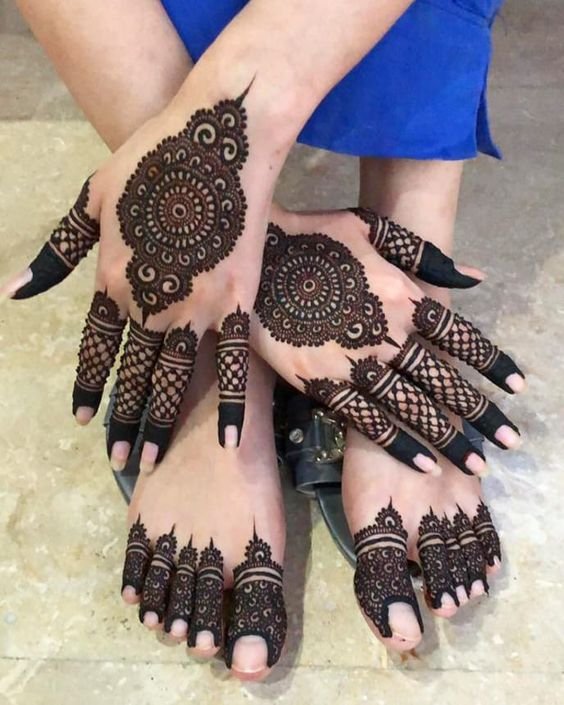
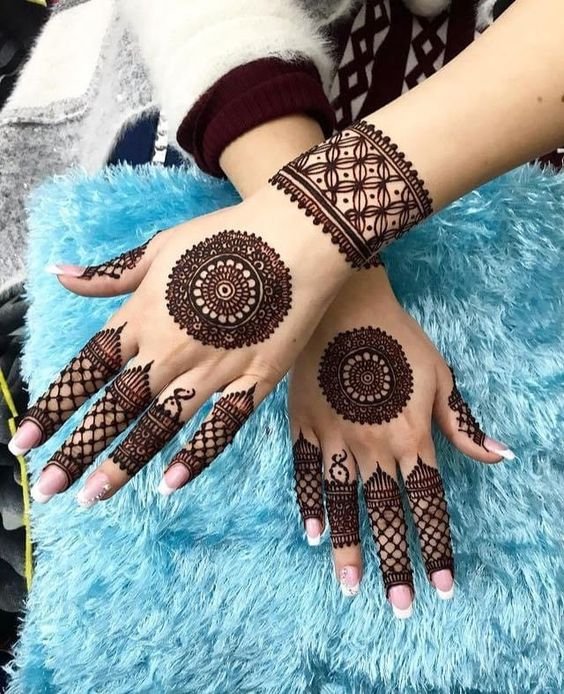
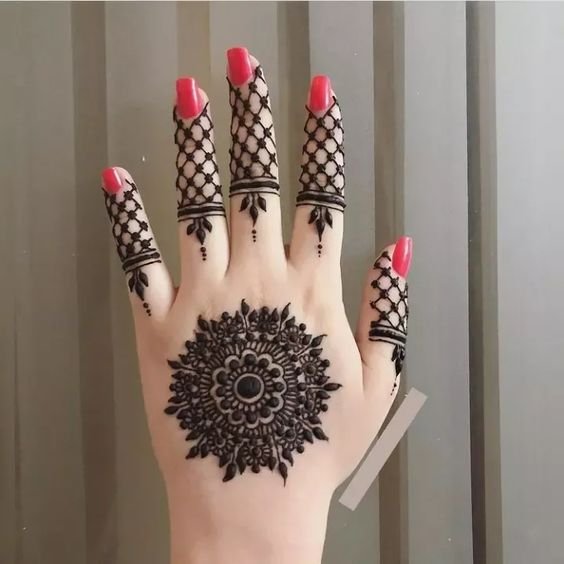
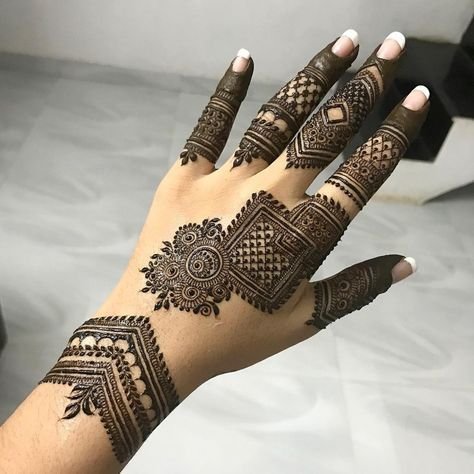
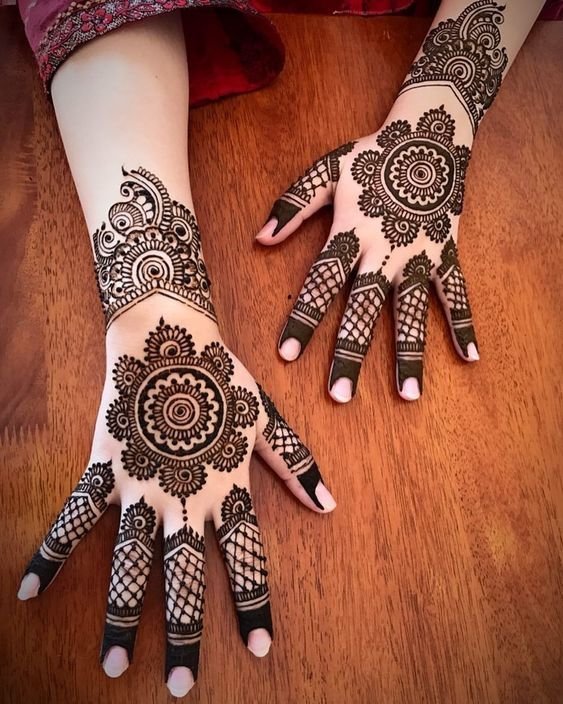
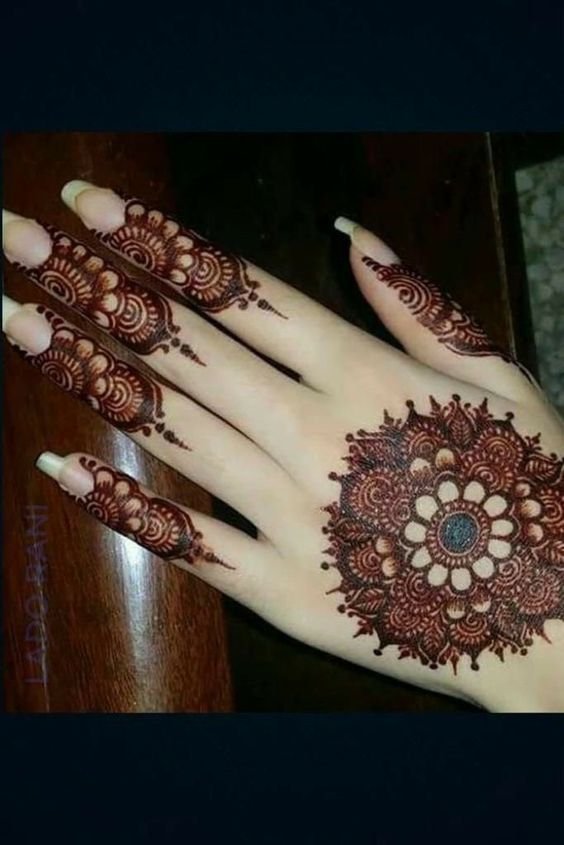
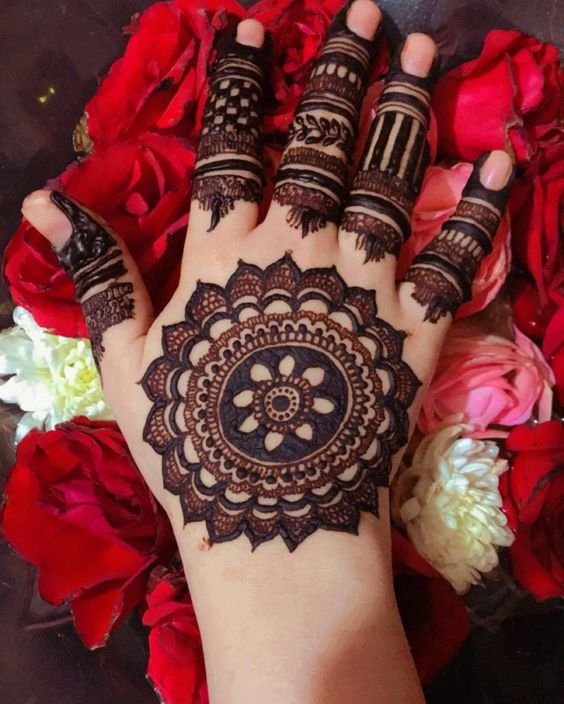
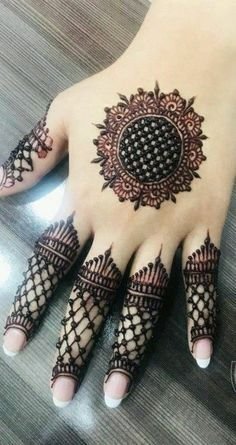
In conclusion, bridal mehndi designs continue to captivate brides around the world with their timeless elegance and creative versatility. Whether you prefer traditional motifs or contemporary styles, there’s no denying the beauty and significance of mehndi in bridal culture. By embracing tradition and innovation, brides can create unforgettable mehndi looks that reflect their unique personalities and celebrate the joyous occasion of their wedding day.
Unique FAQs
- Can I incorporate personalized elements into my bridal mehndi design?
- Absolutely! Many brides choose to include initials, wedding dates, or other meaningful symbols in their mehndi designs to add a personal touch to their bridal look.
- How long does bridal mehndi last?
- Bridal mehndi typically lasts anywhere from one to three weeks, depending on factors like skin type, aftercare, and the quality of the henna paste used.
- Are there any cultural considerations to keep in mind when choosing a mehndi design?
- Yes, it’s essential to respect cultural traditions and symbolism when selecting a mehndi design, especially if you’re incorporating motifs from a specific cultural background.
- Can I remove my mehndi design if I’m not happy with it?
- While mehndi fades naturally over time, there are some methods for speeding up the fading process, such as exfoliation, using oil-based removers, or soaking the area in warm water.
- What should I do if I have allergies to henna?
- If you have allergies to henna or any of its components, it’s best to avoid using it on your skin. Consider alternative options like temporary tattoos or body paint for a similar aesthetic without the risk of allergic reactions.
